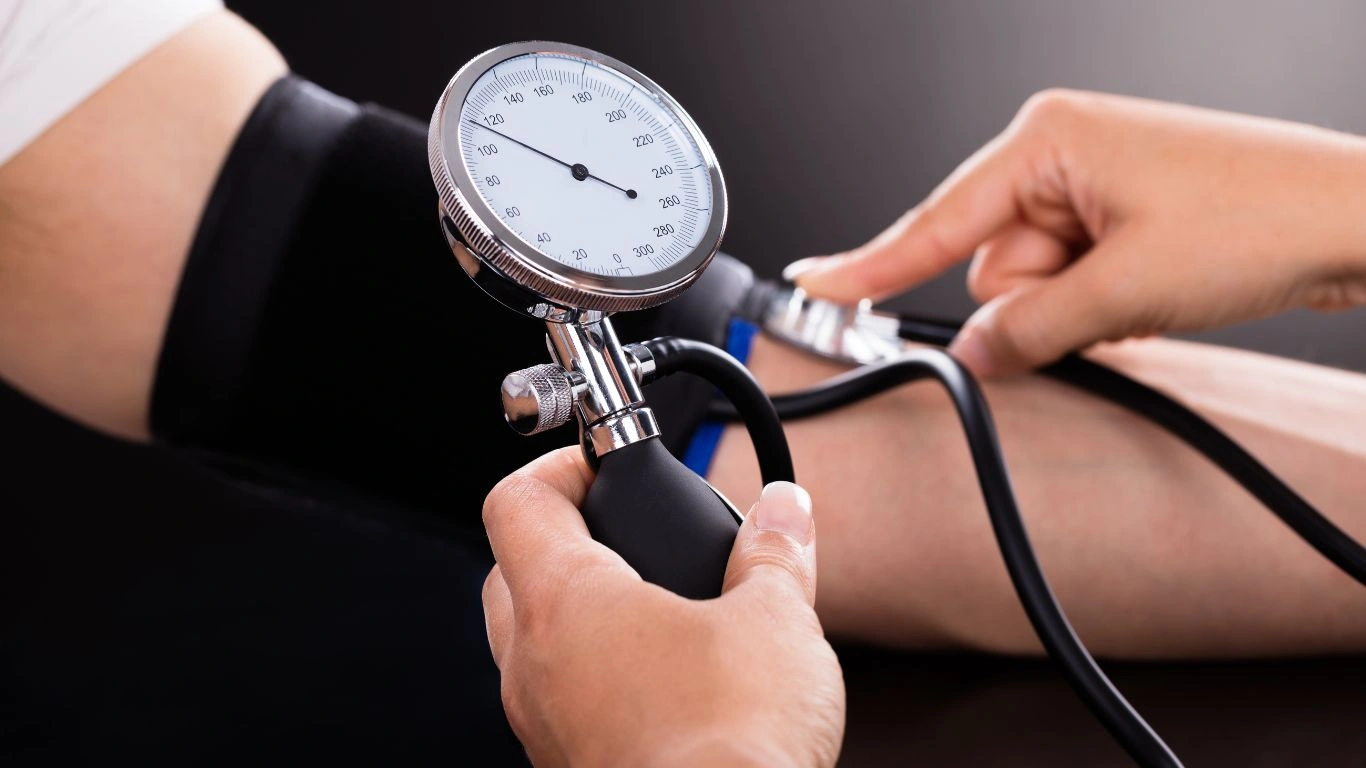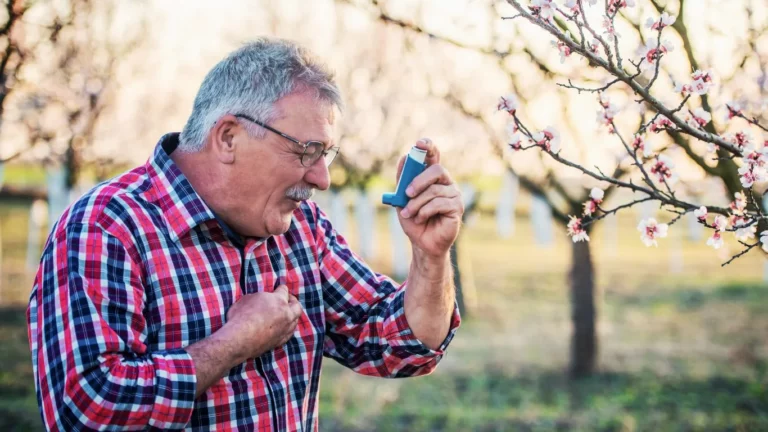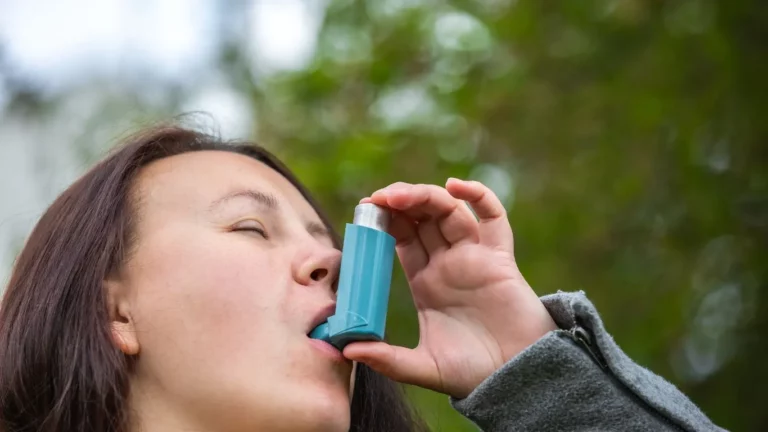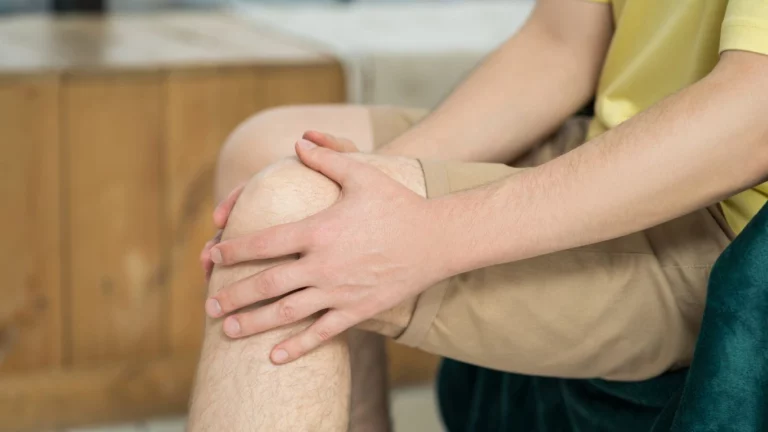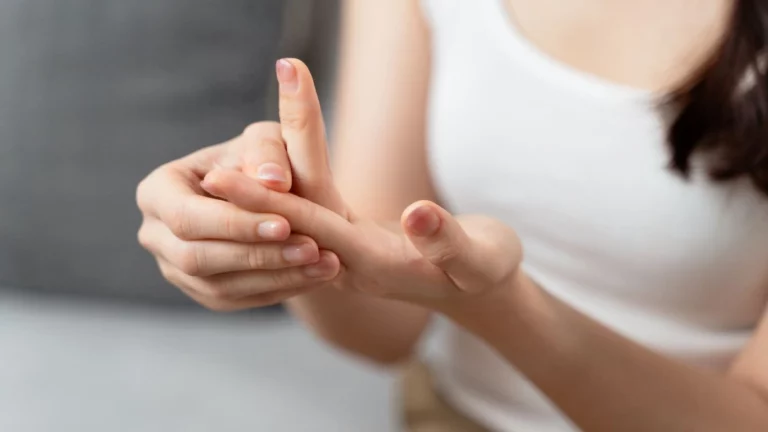Boost Blood Vessel Elasticity Naturally with These Doctor-Backed Tips
Ever wonder how to improve blood vessel elasticity without turning your life upside down? Trust me, you’re not alone. As an Internal Medicine physician who spends a lot of time managing hypertension, I’ve had countless patients ask me this exact question. It’s one of those subtle but crucial pieces of cardiovascular health that often flies under the radar—until it doesn’t. The flexibility of your blood vessels plays a massive role in how efficiently your heart pumps blood, and more importantly, how it adapts over time to stressors like high blood pressure, inflammation, and aging. But improving that elasticity? It’s not just about popping a pill. It’s about understanding your body, making smart tweaks, and maybe even rethinking how you approach your daily routine. Let’s dive into it.
Why Blood Vessel Elasticity Even Matters

I tell my patients all the time—your blood vessels are living, dynamic tissues. Not rigid pipes. When they lose flexibility, your heart has to work overtime to push blood through narrowed or stiffened arteries. That can set the stage for hypertension, heart failure, kidney problems, and even strokes. On the flip side, vessels that are elastic and responsive help keep your blood pressure steady and your organs happy.
This elasticity—or lack of it—is what we call arterial stiffness in the medical world. It’s measured in clinics using things like pulse wave velocity, but outside of those walls, your body often gives you hints: chronic fatigue, cold extremities, elevated systolic BP, and even brain fog. Sound familiar?
What Causes Blood Vessels to Lose Elasticity?
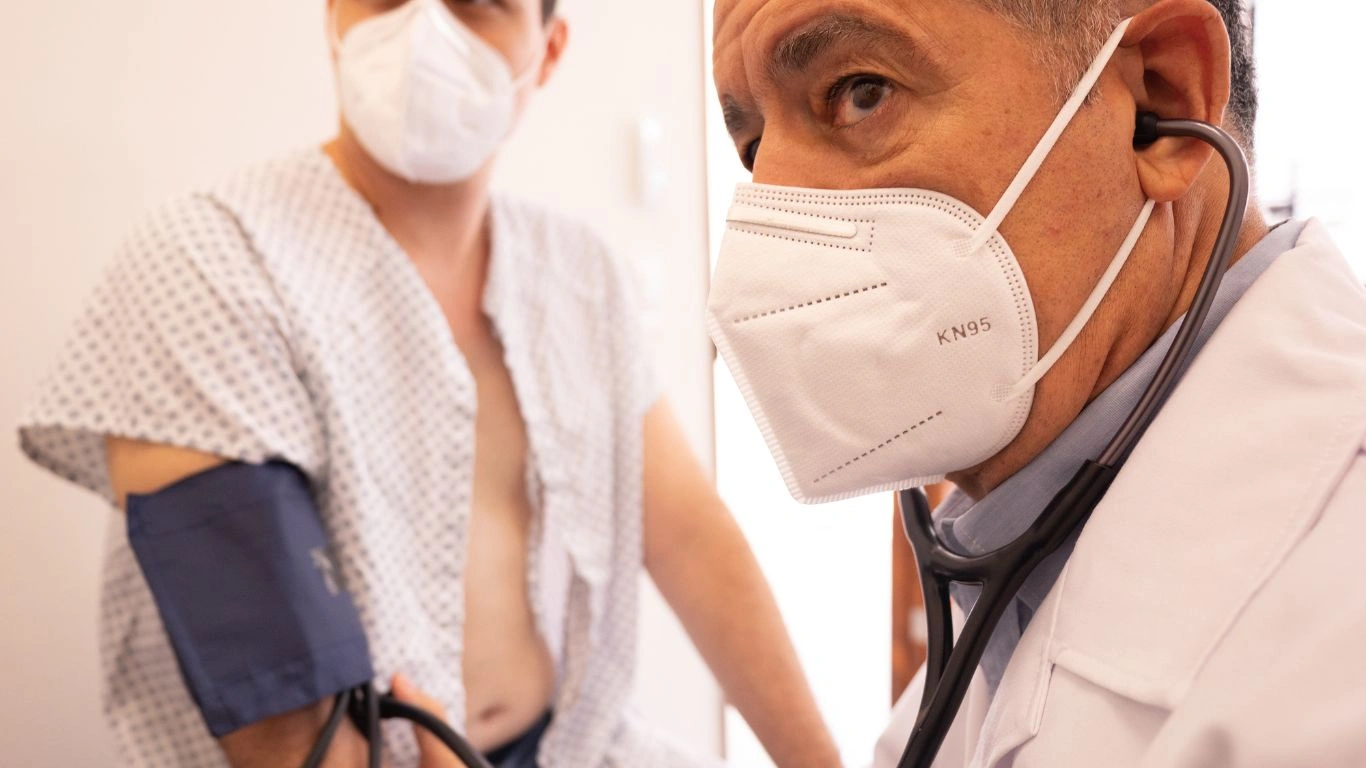
It’s not just aging—though that definitely plays a part. Here’s what I see most often contributing to the problem:
- High blood pressure: Constant pressure damages the inner lining of arteries over time.
- Inflammation: Chronic inflammation (often from poor diet or underlying conditions) wears down vascular health.
- High blood sugar: Diabetics are especially at risk because glucose damages the endothelium—the inner lining of your vessels.
- Lack of exercise: Sedentary life equals stiff arteries. Period.
- Smoking: This one’s a no-brainer. Nicotine hardens arteries faster than almost anything else.
Even stress plays a sneaky role here. I’ve had patients with perfect cholesterol and weight, but chronic stress was sabotaging their vascular tone and BP. The body’s stress response isn’t just “in your head”—it’s pumping out cortisol and tightening blood vessels like a vise.
How to Improve Blood Vessel Elasticity: The Basics
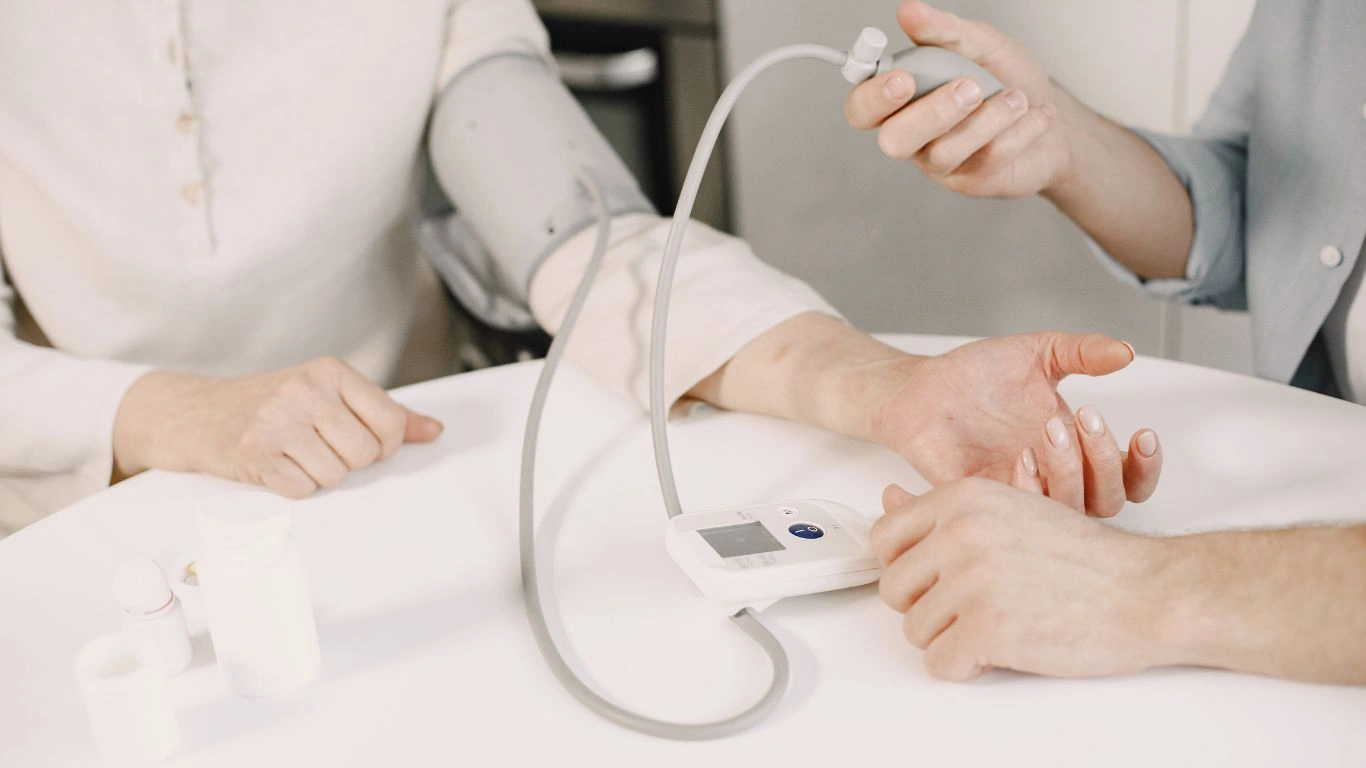
1. Move Like Your Arteries Depend on It—Because They Do
Hands down, the most powerful tool you have is movement. I’m not saying you need to train like you’re running a marathon, but consistent aerobic activity (like brisk walking, cycling, or swimming) can literally remodel your arteries to be more elastic. I usually recommend 30 minutes a day, 5 days a week as a starting point.
Even low-intensity movement, like yoga or tai chi, improves blood flow and promotes the release of nitric oxide, which helps blood vessels dilate. Nitric oxide is like nature’s vasodilator—think of it as WD-40 for your arteries.
2. Eat Foods That Love Your Arteries Back
We’re talking about more than just cutting salt. You want foods that reduce inflammation and support endothelial function. Here are some of my go-to recommendations I give patients:
- Omega-3s: Fatty fish like salmon, chia seeds, and walnuts support anti-inflammatory pathways.
- Beets: Nitrate-rich and nitric oxide-boosting. They literally help relax blood vessels.
- Dark leafy greens: Spinach, kale, arugula—packed with folate, magnesium, and potassium.
- Dark chocolate (in moderation!): Flavonoids improve endothelial function. Aim for 70% or higher cacao.
- Olive oil: Rich in polyphenols and heart-healthy fats.
One of my older patients, a retired chef, reversed early signs of arterial stiffness just by cooking more Mediterranean-style meals. She called it “doctor-approved deliciousness,” and honestly, it stuck with me.
3. Mind the Magnesium
Magnesium is underrated, and most people are deficient—especially women over 40. This mineral helps regulate vascular tone and supports the relaxation phase of blood vessels. I usually recommend increasing dietary magnesium first (almonds, avocados, pumpkin seeds), but sometimes a supplement makes sense, especially if muscle cramps or irregular heartbeats show up.
I had a patient whose nightly leg cramps disappeared after a simple magnesium glycinate supplement. Bonus: her systolic BP dropped by 8 points over 3 months.
4. Ditch the Processed Junk
This might be obvious, but the damage that ultra-processed foods do to your blood vessels can’t be overstated. The combo of refined carbs, trans fats, and sodium is a vascular nightmare. If the ingredient list looks like a chemistry experiment, it’s not helping your elasticity—promise.
Instead, think whole, colorful, and close to the source. If it comes from a farm and not a factory, your arteries are more likely to thank you.
Supplements That May Help Improve Blood Vessel Elasticity
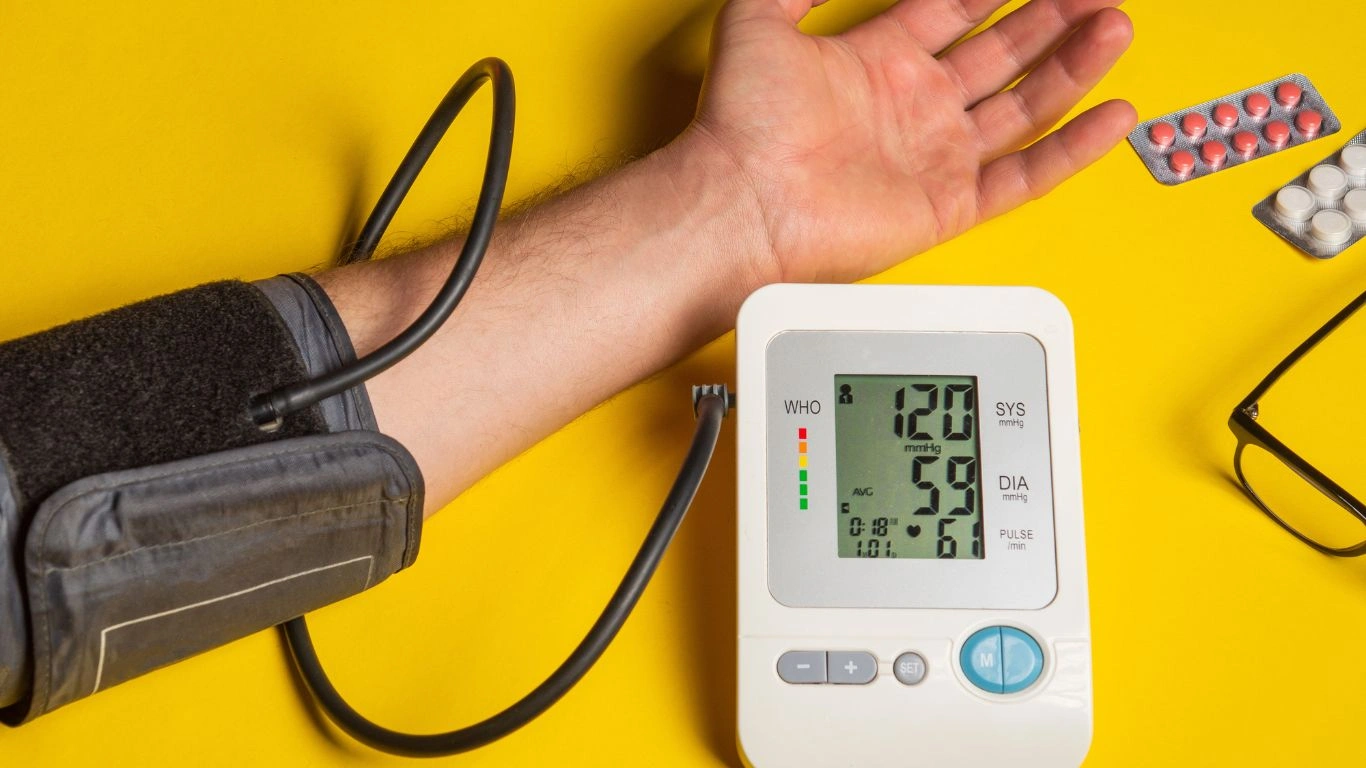
I’m a big believer in “food first,” but let’s be real—sometimes food just doesn’t cut it. I’ve had plenty of patients who eat clean, exercise regularly, and still struggle with vascular stiffness. That’s where supplements can bridge the gap. But—and this is a big but—it’s never a substitute for lifestyle. Think of them as reinforcements, not magic bullets.
Here are a few I often recommend (after reviewing labs and full history, of course):
- Magnesium (again!): Especially forms like glycinate or citrate. It helps relax smooth muscle in vessel walls.
- CoQ10: This antioxidant is essential for mitochondrial function, and it supports vascular tone. I’ve seen it help especially in statin users who feel zapped of energy.
- Vitamin K2 (MK-7): Helps shuttle calcium into bones where it belongs, and out of arteries. This is huge for preventing calcification that stiffens vessels.
- L-arginine or L-citrulline: Amino acids that boost nitric oxide production. Great for circulation.
- Omega-3 fatty acids: If you’re not getting enough from diet, a good-quality fish oil supplement can be incredibly helpful for reducing inflammation and improving vascular health.
I had a patient in his early 60s—a former truck driver—whose pulse pressure was consistently high despite clean labs. We added K2 and CoQ10 to his regimen, and over 6 months, his arterial stiffness markers (measured by ABI and pulse pressure) noticeably improved. He even reported fewer leg cramps and better energy. Sometimes it’s those small tweaks that create big ripples.
How Stress and Sleep Sabotage Arterial Health

This one often catches people off guard—because it doesn’t come in a bottle or on a plate. Chronic stress and poor sleep can quietly wreak havoc on your blood vessels. Elevated cortisol levels tighten the arteries, raise blood pressure, and reduce nitric oxide production. Over time, this leads to—you guessed it—stiffer, less responsive blood vessels.
I had a patient once, a high-powered attorney, whose BP spiked every Monday morning and normalized by Saturday. No joke. Once we worked in some stress management strategies and got her sleep hygiene in check, her numbers stabilized without needing to bump up her meds.
So what actually helps?
- Prioritizing sleep: 7–9 hours, consistent bedtime, cool/dark environment. Basic but non-negotiable.
- Mind-body practices: Meditation, deep breathing, even guided imagery. They physically calm the nervous system and help vasodilation.
- Laugh more (seriously): Laughter dilates blood vessels. I literally prescribe it to some patients—stand-up comedy, silly podcasts, you name it.
Don’t underestimate how powerful stress reduction can be. I’ve seen patients lower systolic BP by 10–15 points just by getting their stress under control. No fancy meds. Just self-awareness and consistent stress hygiene.
How to Improve Blood Vessel Elasticity with Functional Labs
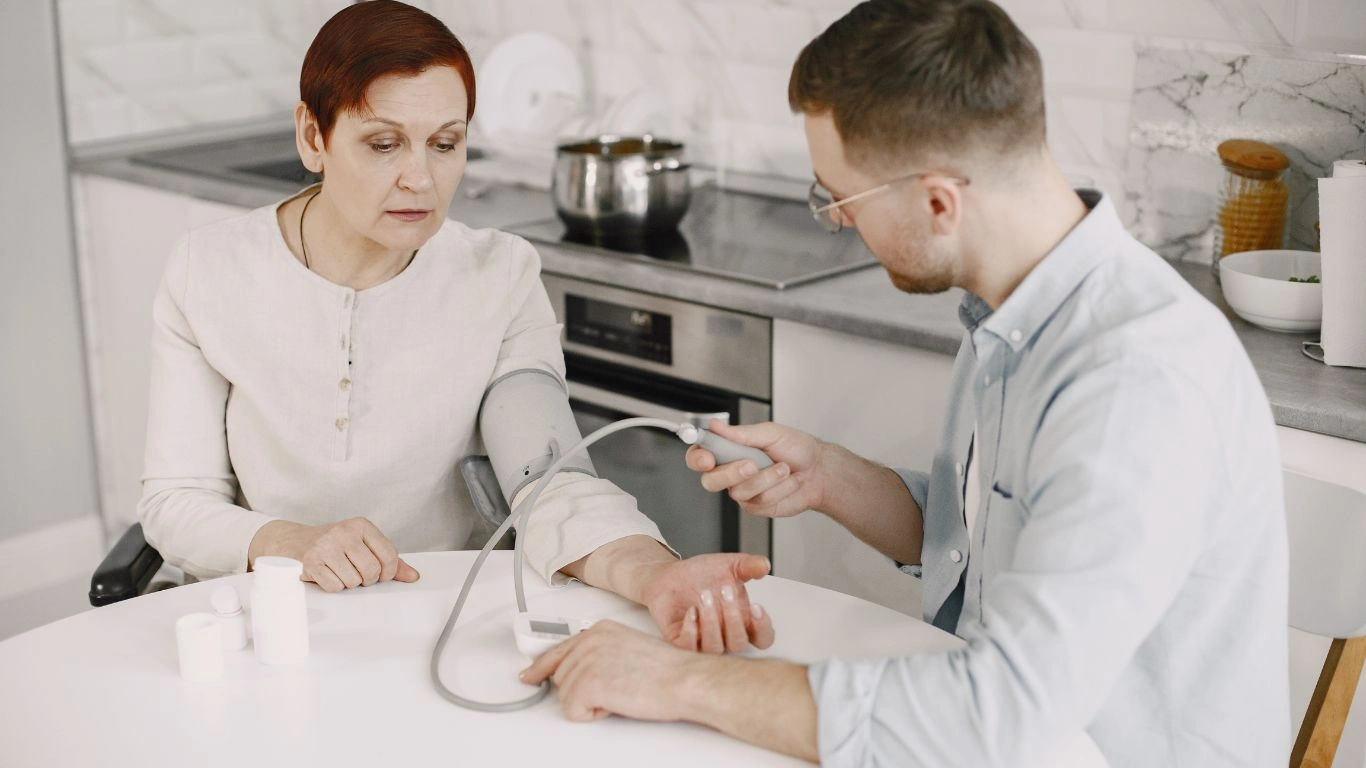
Here’s where we get a bit nerdy—in a good way. I love diving into the data, and functional labs can give us a deeper look at what’s happening below the surface. Especially when a patient isn’t responding as expected. If you’re struggling to improve your blood vessel elasticity despite doing “everything right,” these are labs worth looking into:
- hs-CRP: High-sensitivity C-reactive protein. A marker of low-grade inflammation that’s strongly linked to arterial stiffness.
- Homocysteine: Elevated levels can damage the endothelium and stiffen vessels over time.
- Fasting insulin: Not just glucose—insulin resistance can impact vessel health before blood sugar goes up.
- Magnesium RBC: Serum magnesium often looks normal even when you’re functionally deficient.
- Omega-3 Index: Tells you your long-term omega-3 status and correlates with cardiovascular health.
It’s not about testing for the sake of testing. It’s about identifying the root contributors to vascular dysfunction so we can treat the person—not just the numbers. I’ve adjusted protocols many times based on these markers, especially for those with family history or early signs of vascular aging.
Daily Habits That Make or Break Vascular Elasticity
Sometimes it’s not the big interventions but the tiny daily decisions that move the needle. I always remind patients: the compound effect of small habits is real. Here are a few low-effort, high-reward habits I swear by:
- Hydrate first thing: Dehydration makes vessels less flexible. Start the day with 8–12 oz of water before coffee.
- Stand and stretch every hour: Especially if you have a desk job. Movement improves circulation, even in microdoses.
- Walk after meals: A 10-minute walk helps regulate blood sugar and supports postprandial vascular function.
- Cook with herbs: Garlic, turmeric, ginger—they’re not just tasty, they’re vasoprotective.
- Cold exposure: Think contrast showers or cold face splashes. It trains vascular tone and improves circulation over time.
One of my patients started taking 10-minute walks after dinner with her dog every night. It seemed small at first, but within 3 months, she dropped a few pounds, her fasting glucose improved, and her BP readings were consistently lower. Small hinges swing big doors, right?
Hormonal Balance and Blood Vessel Elasticity

Here’s a piece of the puzzle a lot of people (and even some docs) miss—hormones have a major say in how flexible your blood vessels are. I see this all the time in my patients going through menopause, and it’s not just about hot flashes and mood swings. Estrogen, in particular, has a vasodilatory effect. It helps keep arteries relaxed and responsive. So when estrogen levels drop, as they do during menopause, we often see a rise in blood pressure and more signs of vascular stiffness.
It’s not just estrogen, though. Thyroid function, cortisol, insulin, even testosterone—they all influence vascular tone in some way. If you’ve ever felt like your body suddenly changed gears on you in your 40s or 50s, this could be part of it.
- Get a full hormone panel: Not just TSH or estradiol. Think free T3, reverse T3, DHEA, cortisol (4-point), etc.
- Consider bioidentical hormone therapy (BHRT): When appropriate and supervised, it can help preserve vascular function and quality of life. I’ve seen it be a game-changer for some of my female patients.
- Support the liver: Your liver metabolizes hormones. Cruciferous veggies (like broccoli and cauliflower), B vitamins, and clean hydration can help keep things moving smoothly.
One patient in her early 50s came to me with unexplained spikes in blood pressure. Her labs showed low estrogen and suboptimal thyroid function. After a carefully monitored BHRT protocol and some thyroid support, her blood pressure normalized—and she felt like herself again. That’s the power of treating the whole person, not just the number on the cuff.
Emerging Therapies and Tech for Vascular Health

I’m a bit of a geek when it comes to new medical tech—especially when it actually makes a difference. And in the vascular world, we’ve got some really exciting tools coming up that could help improve blood vessel elasticity or at least help us monitor it better.
Wearables & At-Home Monitoring
These aren’t just trendy fitness trackers anymore. We now have devices that can estimate pulse wave velocity (a key marker for arterial stiffness) and continuous BP monitors that give a more accurate picture than a single clinic reading. I encourage my tech-savvy patients to use these tools to track trends and catch issues early.
Red Light Therapy (Photobiomodulation)
This one’s gaining traction fast. Red and near-infrared light therapy appears to stimulate nitric oxide release and improve endothelial function. While we need more large-scale human trials, early studies and anecdotal evidence from my biohacking patients are promising.
Peptides & Regenerative Therapies
Therapies like BPC-157 or GHK-Cu are being explored for their tissue-repairing and anti-inflammatory properties, including in vascular tissue. These are still considered experimental and require physician supervision, but keep an eye on this space—it’s evolving rapidly.
And let’s not forget about good old-fashioned guided breath training (like using the Resperate device). It’s FDA-approved, non-invasive, and trains your body to lower BP through controlled breathing. I’ve seen it work wonders for patients who were resistant to medications or who wanted to lower their dose.
What to Watch For: When to Get Checked
It’s easy to ignore subtle signs until they become loud alarms. But early detection can change the game. If you’re experiencing any of the following, it might be time to take a deeper look at your vascular health:
- New or worsening high blood pressure
- Cold hands and feet, or poor circulation
- Brain fog, especially after meals
- Fatigue that doesn’t resolve with rest
- High pulse pressure (wide difference between systolic and diastolic BP)
If something feels off, trust that feeling. You know your body better than anyone. I always tell my patients: if you’re bringing it up, it matters. Whether it’s a gut feeling or a weird new symptom, don’t ignore it.
Final Thoughts on How to Improve Blood Vessel Elasticity
Improving blood vessel elasticity isn’t about doing one big thing—it’s about doing a bunch of little things consistently. Movement, food, sleep, stress, smart supplementation, and yes, sometimes medical support. When you give your arteries the TLC they deserve, they respond in kind. Your heart beats easier. Your brain thinks clearer. Your energy returns.
I’ve seen patients transform their cardiovascular health just by taking this seriously—and doing it step by step. There’s no perfect protocol. But there is a path. And it starts with understanding that your vessels are living, responsive tissue that reflect how you live every day.
Let your lifestyle speak kindly to your arteries.
References
Disclaimer
This article is for informational and educational purposes only and is not a substitute for professional medical advice, diagnosis, or treatment. Always consult with your healthcare provider before starting any new treatment or making changes to your current regimen.

Dr. Gwenna Aazee is a board-certified Internal Medicine Physician with a special focus on hypertension management, chronic disease prevention, and patient education. With years of experience in both clinical practice and medical writing, she’s passionate about turning evidence-based medicine into accessible, actionable advice. Through her work at Healthusias.com, Dr. Aazee empowers readers to take charge of their health with confidence and clarity. Off the clock, she enjoys deep dives into nutrition research, long walks with her rescue pup, and simplifying medical jargon one article at a time.
